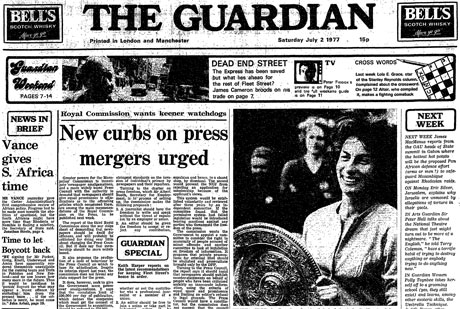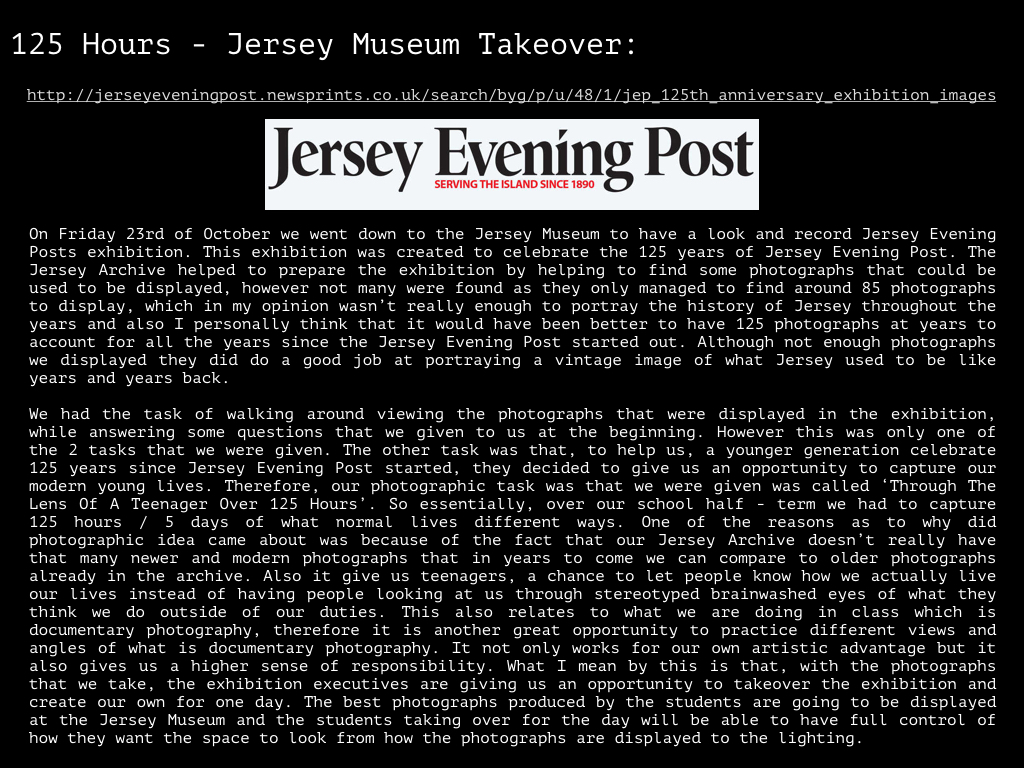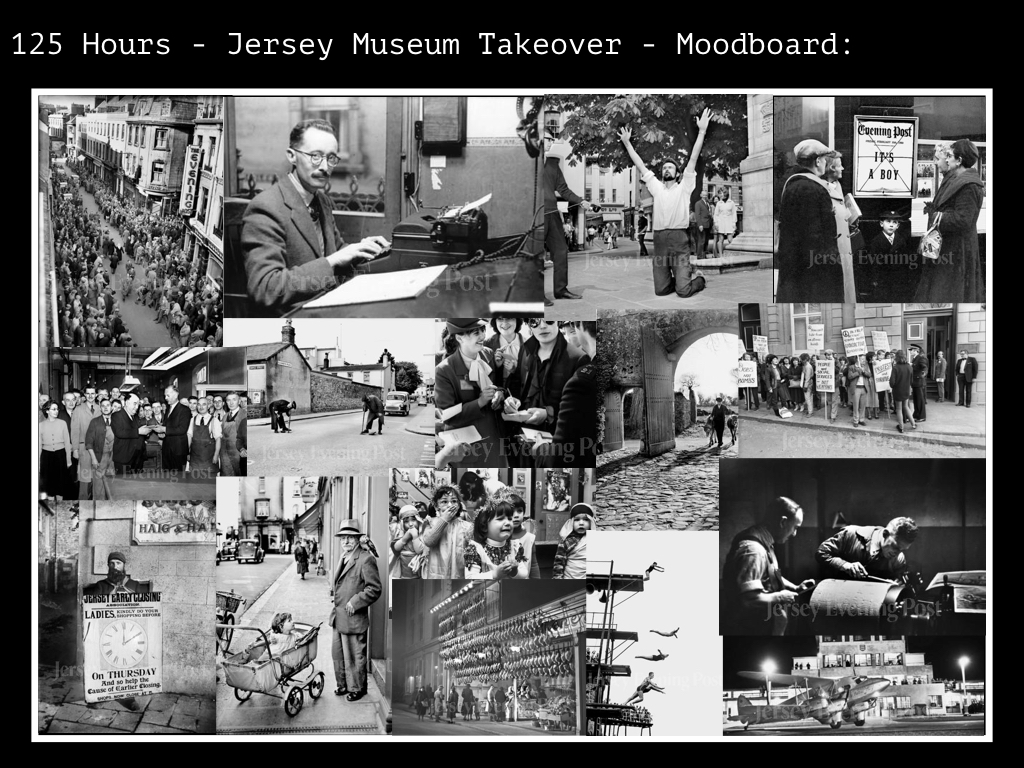Category Archives: Planning
Filters
Picture-Story Planning
Photography Notes:
How are images being used in the media and social websites? How are they being used? Why are they in the sizes they are? Minor and major images, detail shots, landscape and portrait shots. How does the title relate to the images? You need to write a text with correlates to the photography. Life magazine- America- 1948- 11 pages. Newspapers are getting smaller and smaller because of the competition with the internet. Restrict it to a two page spread. Digital media and film cinema is bombarded, illustrated magazines aren’t as popular. Online websites- magnumphotos- agencies of photographers. Magnum photos is the oldest and most photography agency. How do you analyse and deconstruct a picture story?
The picture story- visual storytelling through the construction of a traditional picture story. No picture story is ever the same, even if the subjects are identical. There is no one way for a picture story to look, one must be creative. Image and text cohesion offers a perfect way to learn why some pictures work and why some stories are clearer than others.
Picture story examples are from the JEP because it is something we can relate to, we live on the island and we know what’s going on therefore it is easier to discuss. You need the contexts of an image, lens like a wide angle have been used to include the background in order to give extra information. When you make the portraits you have to be creative with the environment you are working in. How can I use the environment I am in? Think about depth of field, think about lens like telephoto lens, and think about the technicalities. Photography is a language and you must know the linguistics to understand photography. Wide angle lens create a very wide depth of field, it gives you definition, it gives you space in a photograph. Can you see who the person is? Can you see what the person is doing? Does the photograph include contexts in order to translate the necessary information? Observe your subject, talk to your subject, and shoot a number of different frames. Shutter speed will help tell the story, gives a sense of texture, and makes the image more interesting.
People at work shot. Relationship shot. Establishing shot- most important element in the picture story because it serves to define the context in which the other pictures have been located. What is the photographer trying to show? What technicalities are being implemented in order to demonstrate the narrative? Your eyes are always drawn to the brightest thing. Adjust depth of field, height, involve yourself in with the environment and subjects. You can have more than one establishing shot. Detail shot- little extra layer or texture to the story.
Portraits are an essential part of the story. They convey a sense of personality and humanity to a story which helps the viewer to identity with the subject. Formal portraits- totally under your control. You take control of lighting, posture, distance, etc. Environmental portrait. Portraits can link with history- for example portrait of Remembrance Day. Observed Portrait. A Local Story- A Place.
I chose this example of a picture-story because it gives an example of a portrait shot as well as an establishing shot. Clearly it is the only image in the magazine but it is a clear representation of a particular style of photograph which can be used in a picture-story.
This picture-story has an establishing shot on the left page which takes over the entire page therefore is the main image. On the right page there is a detail and environmental shot. The detail shot is typically a close up shot which allows for the photographer to give intricate and precise details about the narrative. The environmental shot helps the audience understand the context of the story for example the background information.
This picture story has a variety of different styled shots in order to formulate an interesting and inviting magazine article. The establishing shot is on the left page and is the biggest image. Whereas the smaller images are either detail shots, portraits or environmental shots.
Photo shoot of Community Member:
As we departed for half-term, I began to take some general photographs of themes like: street photography, portraiture and environmental shots.
Whilst I was in a cafe with family and friends, we came across a familiar man. The family friend had been a customer where my mum had worked for many decades and everyone grew to know him well.
The thing that struck me about him was his strong character. Although he was suffering through a very difficult condition he still managed to smile through it and enjoy himself. His uplifting demeanor and happy attitude was refreshing.
I then respectfully asked him if I could take some pictures and he agreed to let me. I instructed him to stand outside the cafe whilst I tried out several shots and angles. However, I didn’t instruct him to pose or stand which he did naturally.
Here are my edited outcomes from this shoot:
This was the first shot that I took. I wanted to capture his device which he must carry around with him in order to breathe properly. I tinted the image into light blue. Blue is a cool color so I think that it made the mood gloomy which is what I wanted.
This picture below is both an establishing shot and a portrait. It involves the man’s body and environment.
I then took a side shot, because I wanted to incorporate a full-body shot.
As the family friend was looking away I captured this. In the distance, a greatly-timed cyclist appeared.
I think that the photography below is very striking. The man ‘s expression is very strong and he seems to be very concentrated.
I experimented with various colors whilst editing. Firstly black and white and then a purple solid color.
As another experiment, I did the same to these one’s except with the shades of grey and blue.
This is my favorite image. I changed it into black and white to demonstrate the intensity of the contrasting shades. He is looking directly into the camera with sharp eyes and a great presence. The look seems very real and the fact that he isn’t smiling is even better. This is because smiles tend to hide the truth about how someone’s feeling, so this is good to imagine.
125 Hours Project:
On Friday the 23rd of October, just before half-term we were assigned a project by the Jersey Museum. The task was to respond to the existing story at the museum called “125 years”, which I talked about in a previous post. We had to take at least 150 to 250 pictures for this. The name of our project was entitled “Our Story, Half Term: 125 hours seen through a teenager’s lens”.
Here are some of my photographs for this task:
Weekend plan
This weekend I have decided to conduct an interview with my Grandma and Grandpa, as in my picture book I would like to have some subheadings where I display my grandparents feelings/thoughts on a chosen subject. The subjects I have chosen to interview my grandparents about are; Faith, Wales, Music, Family and Jersey.
I would also like to look into my grandparents own archive and try and find some photographs of my Grandpa during his singing career.
Finally, I plan to take a trip down to their church on Sunday and capture some images go them at their service and their contribution to their church. For example my Grandpa playing the organ. My Grandma preparing tea and coffee, for after the service.
Research: Picture Stories
Picture stories are techniques commonly used in newspapers and magazines. Photojournalists report media in a way of interpreting news. Picture stories however, can be seen easily as inconspicuous
The Guardian is a British national daily newspaper. Founded in 1821 as a local paper. The Guardian Newspaper and Magazine has redeveloped the photo-history of picture stories, as it has impacted readers from over 150 years.

The Guardian is renown for its technical response to society, and ever changing life events and
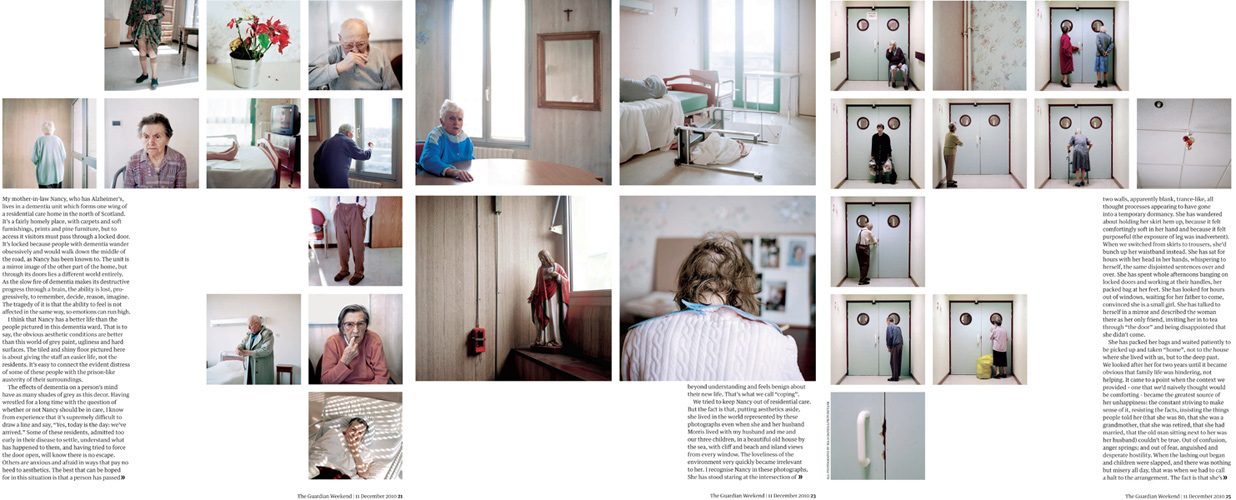
This technique is very efficient, it draws readers in.
Another example is Motion Picture Magazine. This was an American monthly fan magazine about film, published from 1911 to 1977. It was the first fan magazine.

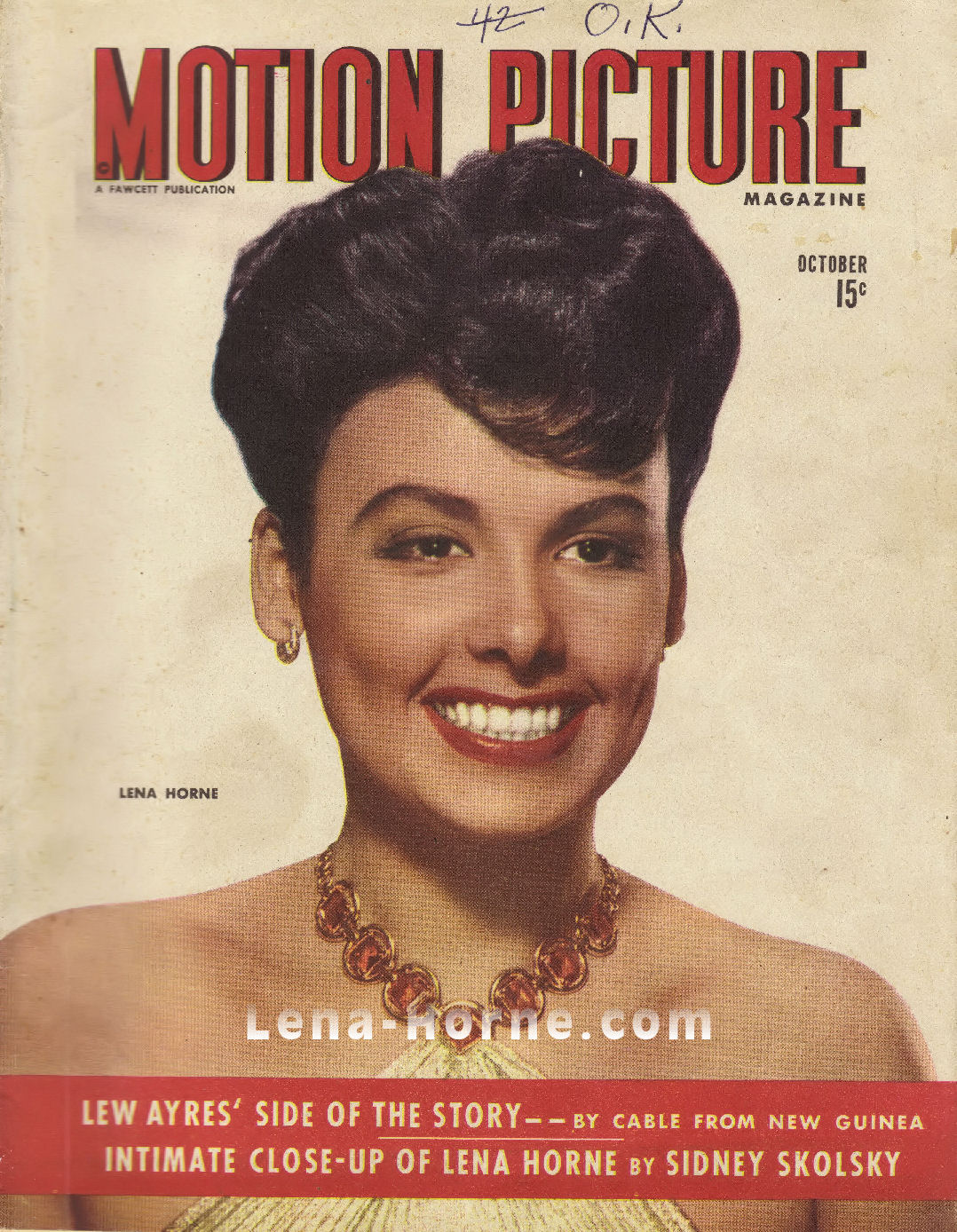
The aim is to make sure the reader can interpret the image in a certain way. obstacles like captions can throw away the original perceptions you want the reader to consider.
Vivian Maier:
Vivian Maier was a nanny and also a ‘secret’ photographer. She was described by friends as being introvert. She preferred to have a very private life and even asked for a lock to be placed on her room door. Maier had O.C.D. and with that she also took many photographs. Her ever-growing passion for photography lead her to the extreme of creating a darkroom in her bathroom. Spread out throughout the five centuries that she photographed, she managed to take over 100,000 negatives.
Vivian Maier’s website: http://www.vivianmaier.com/
Amazingly her work was only discovered in 2007 at a Chicago auction. She’d actually become very poor and had to sell one of her storage lockers in order to pay for her house. Inside there was a mass of photographs and a man called John Maloof unknowingly bought them. He was the man that got her famous. After all those years of storage and hiding the photograph’s were finally brought to light. He’s played a huge role in helping to archive her work for future generations to cherish. Maier’s street photography seems to be very contemporary although it was taken with a rather historical camera. One of her many camera’s was called ‘Rolleiflex’ and can be seen in her self-portrait:

I have produced a similar photograph to this one. I actually took this picture spontaneously during the half-term and have edited it into black and white to create a similar effect to Maier’s. My face is not very visible but you can still see the outline of my reflexion on the car window.
Here’s my outcome:

Her photography focused on the street life in urban areas. Since Maier was born in New York City during the 1920’s, she had many sources for inspiration. During her life Maier kept changing locations from the her hometown to France. In 1951 she finally decided to settle down in the U.S. where her passion for photography evolved. Her documentary style created meaning and evolved into a great story. Vivian incorporated both still images and video recordings into her work.
Here are some example’s of her street photography:




“Well I suppose nothing is meant to last forever. We have to make room for other people. It’s a wheel. You get on, you have to go to the end. And then somebody has the same opportunity to go to the end and so on.” – Vivian Maier.
Family Archive Research
Over the past term, I have been working with the Societe Jersiaise Photographic Archive implementing key ideas to developing the Archive to my own personal project. These skills have made me develop various creative perspectives involving Archive extraction, research, experimentation and documentation. Exhibition and presentation design.
Some of the skills, which I have been contributing to my Archive experience, consist of:
- Scanning & storing images
- Image manipulation, resizing, creating composites
- Producing teaching materials for Photo Archivist’s Workshop
- Re-purposing images for Jersey Projection Gallery – Skipton Arts Series 10-14 November
- Searching database
- Outputting digital prints, labeling and marking images from the archive
- Understanding copyright policy
- Retrieving original images from vintage collection in strong room
- Working in secure areas, safe practice in the archive environment
- Appropriate handling of original archive materials
My personal project has allowed me to evolve, as with help from Gareth Syvret, I’ve been able to manipulate photographs which relate to the history and period of my new house and how I can contrast the changes and traditions in everyday life today.
125 HOURS – JERSEY MUSEUM TAKEOVER AND JEP EXHIBITION:
Gregory Crewdson’s Tableau’s and My Responses:
To be begin with I’m going to explore the American photographer Gregory Crewdson. He tends to photograph homes and suburban neighborhoods. He is referred to as a ‘realist landscape photographer’. Here are some of his photographs:


Since he’s a tableaux photographer, Crewdson’s pictures are completely staged and prepared. His work combines both nature and strange concepts. In my opinion, his amazingly interesting and dramatic set-ups create a dramatic essence.
I’m going to be taking my own photograph’s as a response to Crewdson’s tableau’s.

For my first shoot, I took inspiration from the image above. There are various individuals gathered around a table to eat dinner. Strangely they are wearing masks as a form of disguise or identity. They are in a dimly lit room and Crewdson seems to have used flash as there is hard lighting.
For my response, I set-up an equally bizarre environment. I had my family member place a mask on and lay in bed. Then I placed a blue scarf around his neck. This strange combination embodies the same essence as Crewdson’s image. I also gave the man an empty plate and spoon for him to pretend to eat from.
I then asked him to pretend to eat whilst looking at the cupboard mirror. This reflection gave the photograph an interesting edge.






























